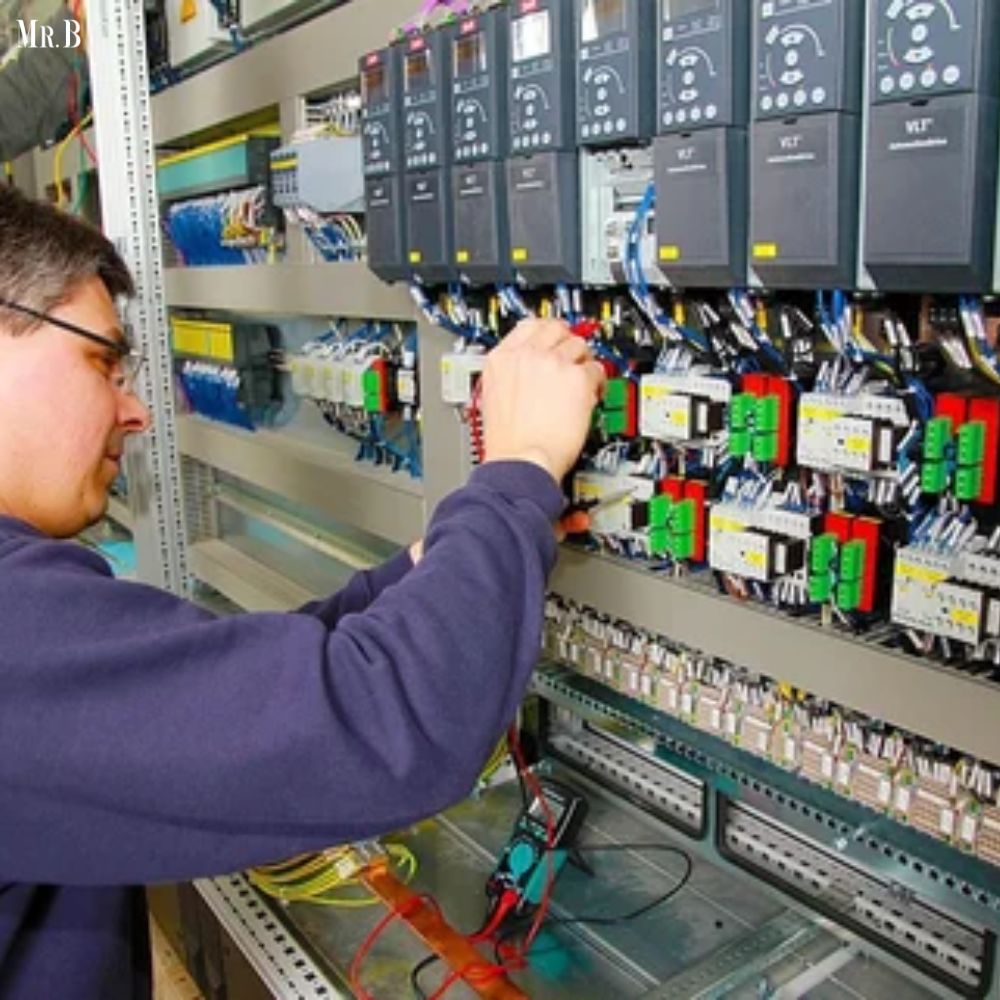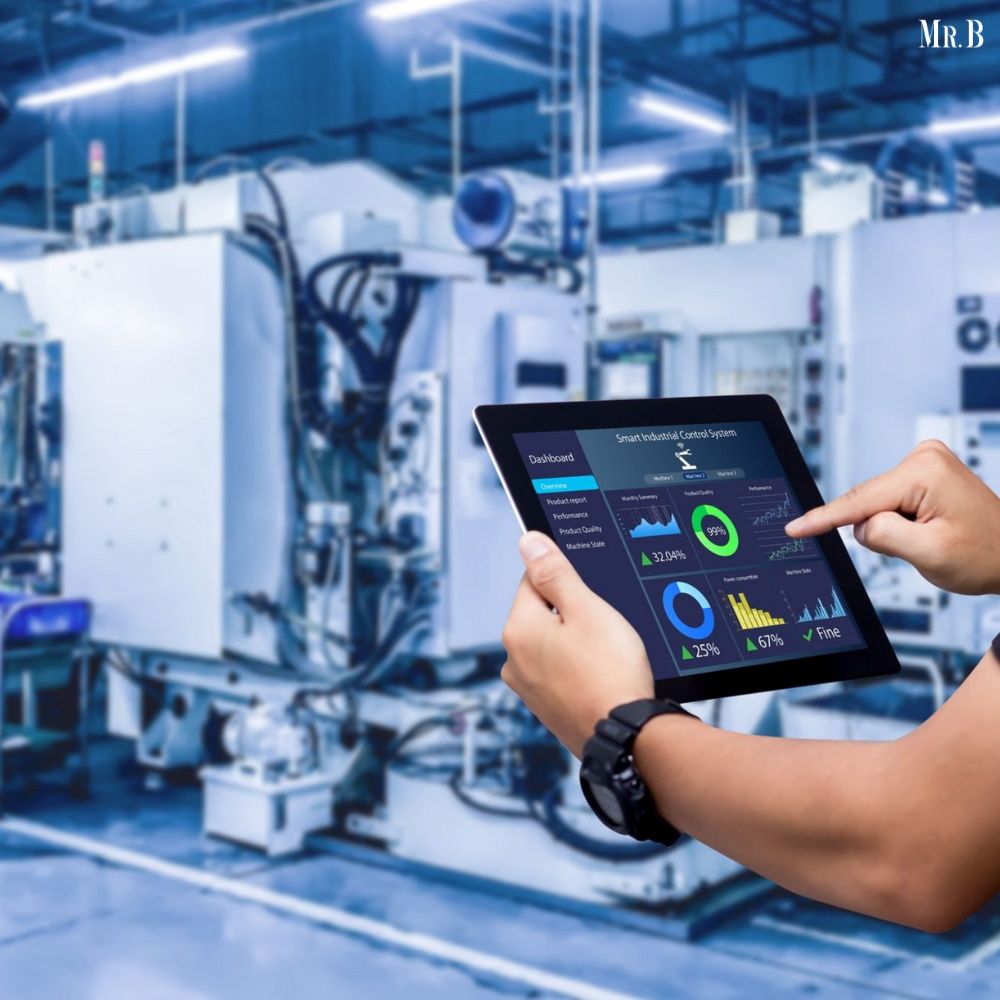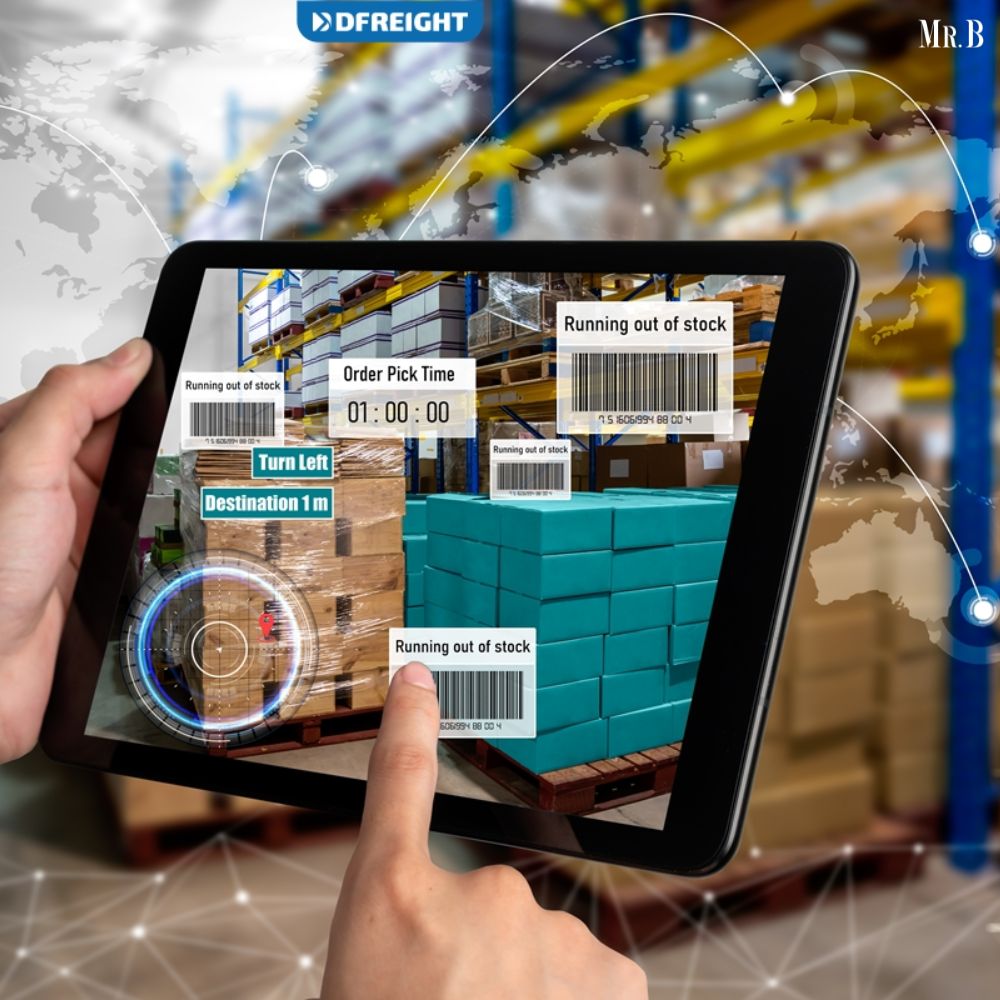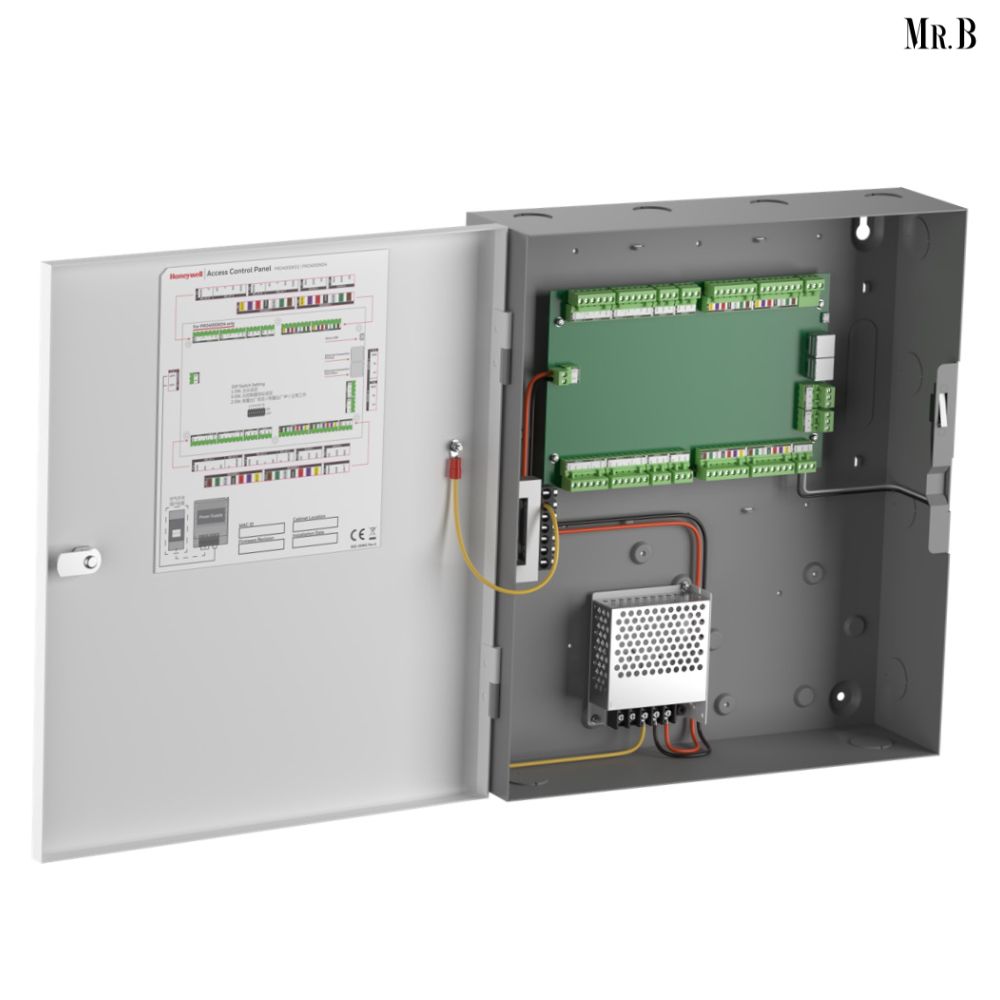In the dynamic landscape of modern industry, the efficient management of resources and processes is paramount for success. One crucial component in this realm is the Port Control Panel (PCP), a sophisticated system that orchestrates and monitors a wide array of operations within ports and industrial facilities. From overseeing cargo handling to managing equipment and ensuring safety protocols, PCPs play a pivotal role in optimizing workflows and maximizing productivity.
Evolution of Port Control Panels
The evolution of Port Control Panels mirrors the technological advancements and complexities of the industries they serve. Traditionally, manual controls and rudimentary systems were employed to manage port operations. However, as global trade volumes surged and operational demands grew more intricate, there arose a need for more sophisticated and integrated control solutions.
The advent of digital technologies such as automation, Internet of Things (IoT), and data analytics revolutionized the concept of port management. Modern PCPs are equipped with a plethora of sensors, actuators, and communication modules that enable real-time monitoring and control of various processes. These panels serve as the nerve center, connecting personnel, machinery, and data streams for seamless operations.
Key Components and Functions
A typical Port Control Panel comprises several key components that work in synergy to ensure efficient and safe port operations:
1. Monitoring Systems:
Port Control Panels are equipped with advanced monitoring systems that track vessel movements, cargo handling activities, weather conditions, and environmental parameters. Real-time data acquisition enables operators to make informed decisions and adapt to changing circumstances promptly.
2. Automation and Control:
Automation is a cornerstone of modern port operations. PCPs integrate with automated cranes, conveyor systems, and other equipment to streamline cargo loading/unloading processes. Automated controls ensure precision, speed, and safety, minimizing human errors and optimizing resource utilization.
3. Safety Protocols:
Ensuring the safety of personnel, vessels, and cargo is paramount in port environments. Port Control Panels incorporate safety protocols such as collision avoidance systems, fire detection/alert mechanisms, and emergency shutdown procedures. These features mitigate risks and enhance overall port security.
4. Energy Management:
Efficient energy utilization is a key focus in today’s sustainable operations. PCPs facilitate energy monitoring, demand management, and power distribution within port facilities. Smart energy systems integrated into PCPs enable optimization of energy usage, reducing costs and environmental impact.
5. Data Analytics and Reporting:
The abundance of data generated in port operations is leveraged through advanced analytics tools integrated into PCPs. Data analytics provide insights into performance metrics, operational trends, and predictive maintenance requirements. Comprehensive reporting features enable stakeholders to assess productivity, identify bottlenecks, and plan future strategies effectively.
Advantages of Port Control Panels

The adoption of Port Control Panels offers multifaceted advantages across various aspects of port and industrial management:
1. Enhanced Efficiency:
By automating routine tasks, optimizing workflows, and facilitating real-time monitoring, PCPs significantly enhance operational efficiency. Reduced turnaround times for vessel handling, streamlined cargo flows, and minimized downtime contribute to overall productivity gains.
2. Improved Safety:
Integrated safety systems and automated controls implemented through PCPs enhance workplace safety standards. Timely alerts, emergency response mechanisms, and adherence to safety protocols mitigate risks of accidents or operational disruptions.
3. Cost Optimization:
Efficient resource allocation, energy management, and predictive maintenance facilitated by Port Control Panels lead to substantial cost savings. Reduced fuel consumption, minimized equipment downtime, and optimized labor utilization contribute to improved financial performance.
4. Data-Driven Insights:
The data-rich environment created by PCPs enables data analytics-driven decision-making. Trend analysis, performance benchmarking, and predictive modeling empower stakeholders to proactively address challenges, capitalize on opportunities, and drive continuous improvement.
5. Scalability and Flexibility:
Modern PCPs are designed with scalability and flexibility in mind, allowing seamless integration with existing infrastructure and accommodating future expansion or upgrades. Modular architectures, standardized protocols, and interoperable systems enhance adaptability to evolving industry trends and regulatory requirements.
Challenges and Future Trends
Despite their myriad benefits, Port Control Panels also face challenges and opportunities in the evolving industrial landscape:
1. Cybersecurity Risks:
The interconnected nature of digital systems exposes PCPs to cybersecurity threats such as data breaches, malware attacks, and system vulnerabilities. Robust cybersecurity measures including encryption, access control, and threat monitoring are essential to safeguard sensitive data and critical operations.
2. Integration Complexity:
Integrating diverse systems, legacy equipment, and third-party solutions into PCPs can be complex and time-consuming. Interoperability standards, open-source frameworks, and collaborative partnerships are key enablers for seamless integration and interoperability.

3. AI and Predictive Maintenance:
The integration of Artificial Intelligence (AI) and Machine Learning (ML) technologies into Port Control Panels holds promise for predictive maintenance, anomaly detection, and optimization of operational processes. AI-driven insights empower proactive decision-making and enhance equipment reliability.
4. Sustainability Initiatives:
With growing emphasis on sustainability and environmental stewardship, PCPs are evolving to incorporate green technologies such as renewable energy integration, emission monitoring, and eco-friendly material handling practices. Sustainable port operations align with global climate goals and regulatory frameworks.
Remote Operations and Digital Twins:
The concept of remote operations facilitated by digital twins—virtual replicas of physical assets or processes—offers opportunities for remote monitoring, simulation, and optimization of port operations. Real-time data synchronization between physical systems and digital twins enhances situational awareness and decision support.
Port Control Panels represent a transformative force in modern industrial and port management, driving efficiency, safety, and sustainability. By leveraging advanced technologies, integrating data analytics, and fostering collaboration, PCPs empower stakeholders to navigate complex operational challenges and unlock new avenues for growth. As industries continue to evolve, the role of PCPs in orchestrating seamless, intelligent operations will remain indispensable, shaping the future of global trade and logistics.
Emerging Technologies and Collaborative Ecosystems
The future trajectory of Port Control Panels (PCPs) is closely intertwined with emerging technologies and collaborative ecosystems that are reshaping the industrial landscape. Several key trends are poised to influence the evolution of PCPs and drive innovation in port and industrial management:
1. 5G Connectivity and Edge Computing:
The rollout of 5G networks promises ultra-low latency and high-speed connectivity, enabling real-time data transmission and processing at the edge. PCPs leveraging 5G connectivity coupled with edge computing capabilities can enhance responsiveness, support mission-critical applications, and enable seamless integration with IoT devices and autonomous systems.
2. Digital Twins and Simulation:
The adoption of digital twins, coupled with advanced simulation tools, revolutionizes how port operations are planned, optimized, and managed. Digital replicas of physical assets, coupled with real-time data feeds from Port Control Panels and IoT sensors, enable scenario modeling, predictive analytics, and risk assessment, fostering informed decision-making and operational resilience.
3. Blockchain and Supply Chain Transparency:
Blockchain technology holds promise for enhancing supply chain transparency, traceability, and security in port operations. PCPs integrated with blockchain platforms can streamline documentation processes, track cargo provenance, and facilitate secure transactions across stakeholders, promoting trust and efficiency in global trade networks.
4. Augmented Reality (AR) and Remote Assistance:

AR technologies integrated into PCPs enable remote assistance, training simulations, and augmented maintenance workflows. Technicians and operators equipped with AR-enabled devices can access real-time data overlays, interactive manuals, and guided troubleshooting procedures, reducing downtime and enhancing operational proficiency.
5. Eco-friendly Practices and Circular Economy:
Port Control Panels are evolving to support sustainable practices and circular economy initiatives within port ecosystems. Smart energy management, waste reduction strategies, and eco-efficient logistics facilitated by PCPs contribute to carbon footprint reduction, regulatory compliance, and corporate sustainability goals.
Collaborative Ecosystems and Industry Partnerships
The development and deployment of advanced Port Control Panel solutions require collaborative ecosystems and strategic industry partnerships. Key stakeholders including port authorities, technology providers, equipment manufacturers, and regulatory bodies play pivotal roles in driving innovation, standards development, and industry best practices:
1. Port Authorities and Regulatory Bodies:
Collaboration between port authorities and regulatory bodies is essential to establish standards, guidelines, and compliance frameworks for PCPs. Regulations governing safety, environmental impact, cybersecurity, and data privacy must align with technological advancements and industry needs, fostering a conducive regulatory environment for innovation.
2. Technology Providers and Integrators:
Technology providers specializing in automation, IoT, data analytics, and cybersecurity are instrumental in developing robust PCP solutions. Collaborative partnerships between technology providers and integrators ensure seamless integration, interoperability, and customization of PCPs to meet specific port requirements and operational workflows.
3. Equipment Manufacturers and Service Providers:
Collaboration between equipment manufacturers, service providers, and Port Control Panels developers enables the integration of smart sensors, actuators, and control systems into port infrastructure. Standardization of communication protocols, equipment interfaces, and maintenance procedures streamlines interoperability and lifecycle management of PCP-enabled assets.
4. Academic Institutions and Research Centers:
Academic institutions and research centers contribute to the advancement of PCP technologies through applied research, innovation hubs, and talent development initiatives. Collaborative research projects, knowledge sharing platforms, and industry-academia partnerships foster technology transfer, skill enhancement, and thought leadership in port management practices.
5. Industry Consortia and Innovation Hubs:
Industry consortia, innovation hubs, and collaborative platforms serve as catalysts for cross-sectoral collaboration, technology incubation, and market adoption of PCP innovations. Joint ventures, pilot projects, and knowledge exchange forums facilitate networking, funding opportunities, and commercialization pathways for PCP solutions.
Conclusion: Paving the Way for Smart Ports and Industries
In conclusion, the evolution of Port Control Panels (PCPs) epitomizes the convergence of digital technologies, sustainable practices, and collaborative ecosystems driving smart ports and industries of the future. By embracing emerging technologies such as 5G, AI, blockchain, and AR, and fostering collaborative partnerships across stakeholders, PCPs unlock new frontiers of efficiency, safety, and sustainability in port operations.
The journey towards smart ports encompasses not only technological advancements but also regulatory alignment, skill development, and stakeholder engagement to realize the full potential of PCPs in optimizing global trade, logistics, and supply chain ecosystems. As PCPs continue to evolve as central nerve centers orchestrating complex operations, their role in shaping resilient, adaptive, and future-ready port infrastructures becomes increasingly indispensable, paving the way for a connected, efficient, and sustainable industrial era.







